Of the Gundermann is little known as a medicinal plant. Many hobby gardeners regard it as a weed and remove it. The possible uses are diverse.
Occurrence & cultivation of Gundermann

Of the Gundermann belongs to the mint family. The blue to purple flowers are striking. The leaves are round and can be hairy or hairless. The Gundermann spreads primarily through side shoots and is therefore very suitable as a ground cover. It prefers calcareous, fertile soils. It is widespread in Europe.
The collection time for the herb begins in March. This makes the Gundermann one of the first medicinal herbs of the year. The leaves are primarily used. They contain most of the active pharmaceutical ingredients. But the Gundermann can not only be used as medicine. It can also be used as a seasoning herb in the kitchen. In summer, the flowers enrich the menu as an edible decoration.
In some regions the Gundermann is also called Gundelrebe, Soldier parsley or Earth ivy known. The English name of the plant is similar to this: Ground ivy. Even if the Gundermann is a remedy or a kitchen ingredient for humans, it is poisonous for many mammals. This plant can be particularly dangerous for horses.
Effect & application
The Gundermann primarily contains tannins, essential oils and bitter substances. It also contains vitamin C, which makes the plant a good and healthy ingredient for the first wild herb salads of spring. Although the Gundermann was already used as a medicinal herb by the Teutons, it receives little attention in conventional medicine today. Its ingredients make it versatile. It can be used both internally and externally.
Internally it is used for respiratory diseases due to its expectorant effect. Due to its appetite-stimulating and digestive effects, it serves as a tonic for protracted illnesses. But it is also suitable as a means for a spring cure due to its detoxifying ingredients.
For internal use, tea is primarily used. This is prepared like other herbal teas. About a teaspoon of the herb is scalded with a cup of water and allowed to steep for five minutes. Three cups of this tea are drunk daily until the symptoms subside. Externally, the Gundermann is primarily used for poorly healing or even festering wounds.
For this purpose, a clean, preferably sterile cloth can be soaked with the tea described and used as a compress. An oil can also be made from the plant and used. To do this, the leaves are placed in a glass and pressed together. This jar is placed in a sunny place for a few days. After a while the pressed oil collects at the bottom of the glass.
This is strained and stored in a dark and cool place. The wounds can be treated with it as needed. A bath made from Gundermann is ideal for larger-scale treatments. For this purpose, five handfuls of leaves are boiled in five liters of water and then added to the bath water. This recipe corresponds to the quantities for a full bath. Of course, a correspondingly smaller amount can be prepared for partial baths or washes.
This mixture is also suitable for a mouthwash for gum problems. However, it is advisable to prepare a smaller amount and store it in smaller bottles until you use it. The tea described above can also be used as a mouthwash.
Importance for health, treatment & prevention
As already indicated, the Gundermann was already of great importance as a medicinal plant among the Teutons. Hildegard von Bingen also described its medical effectiveness against tiredness, exhaustion and chronic respiratory diseases. Unfortunately, its effectiveness has been forgotten with the development of modern medicine. It is a very tasty herb that, in addition to its medicinal use, is also an asset in the kitchen.
Due to the vitamin C content, it can be used preventively against colds in spring. It is best to collect the fresh herb. This works stronger than the dried one. A wild herb salad with other herbs that sprout fresh in spring such as nettle, dandelion and chickweed is not only very tasty but also healthy. Most of these herbs have a detoxifying and invigorating effect. This can also counteract the often described springtime tiredness.
Even if tea is the first choice for existing illnesses, this salad is also recommended for prevention. If you don't like the wild herbs as a salad, you can also prepare them as a soup. In some regions this is a traditional Maundy Thursday food.
Furthermore, the Gundermann can be used very well for bladder and kidney problems due to its diuretic effect. The first choice here is preparation as a tea. But sitting and full baths can also bring relief. If you want to reduce your salt consumption and take additional vitamins, you can use the spicy Gundermann as a salt substitute.
To do this, the herb is dried and ground to a fine powder. Artificial flavor enhancers can also be replaced in a healthy way. All in all, the Gundermann is a very effective remedy for various ailments. There are no known side effects for humans and by using it as a spice in the kitchen, disease prevention can be done on the side.

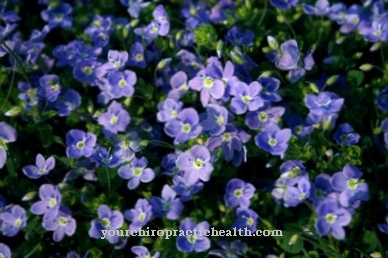

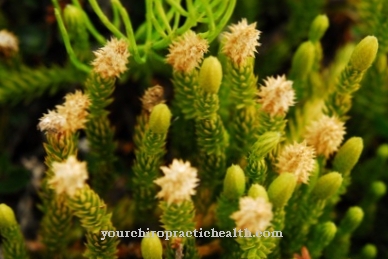
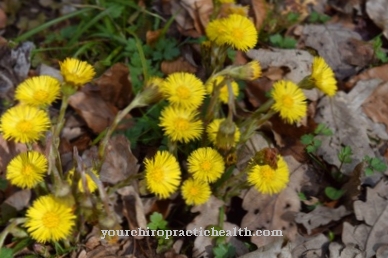
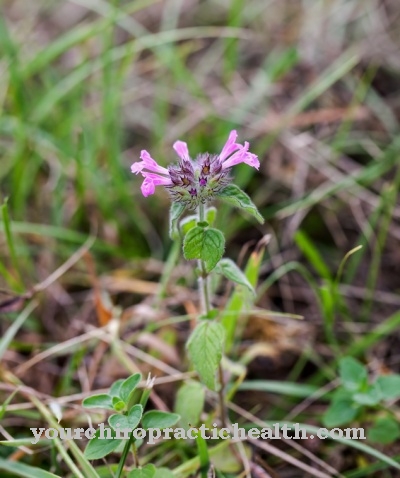
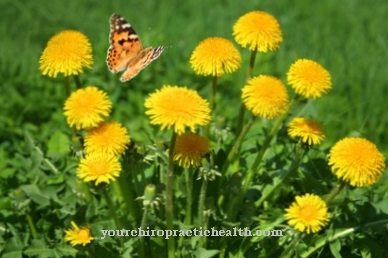


















.jpg)


